Application Detail
Modern cleaning systems are today unthinkable without reliable sensors. unthinkable without reliable sensors. Ever-increasing pressure on the costs of food production results in ever-increasing automation, including for equipment used for cleaning. In this area many production facilities have hidden but significant potential for savings. In addition to optimal design and control addition to optimal design and control of the plant, the process “eye”, the sensor, is becoming increasingly significant. Important considerations in the selection of the sensors for CIP are precision, robustness, durability, wear-free measuring and a competent partner that measuring and a competent partner that should preferably be able to be a single supplier of the whole range of sensors.
The company Negele Messtechnik has a solution for all these requirements and can supply all the sensors required for CIP systems from one source. This fact and the existing long-term good partnership between Negele and Milchwerk Hawangen were the deciding factors when the dairy opted to procure all the sensors for a new CIP system from Negele.
With this system as an example, the following gives an outline of the sensors employed and their roles. The CIP system in question consists of four lines, is connected to the whole of the dairy, and cleans all containers and plant in all areas. The cleaning agents used are the usual ones: caustic soda, nitric acid and water. In some areas a single-phase cleaner is also used. The cleaning process is typically as follows: Final CIP rinse water as pre-rinse, caustic soda, water, nitric acid, water. Milchwerk Haflow measurement a magnetic-inductive flowmeter, e.g. type FMI or FMQ from Negele can be employed. This way, the optimal quantity at the optimal speed for each section to be cleaned is pumped into the system. For effective cleaning, the feed pressure is important in addition to the flow rate. For pressure measurement a process pressure sensor is used, here of type DAN, a two-wire sensor that transmits the inlet Sensors for CIP equipment The dairy Milchwerk Hawangen uses Negele to supply components wangen processes about 100 million litres of milk each year, producing Cheshire cheese and other products and supplies many well-known customers across Europe.
CIP feed
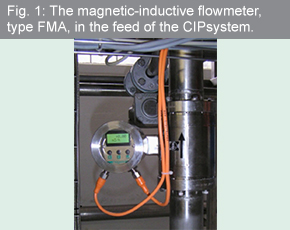
CIP return
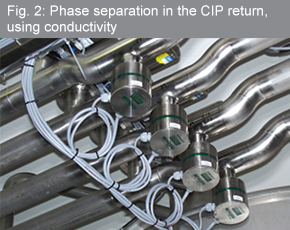
Storage containers
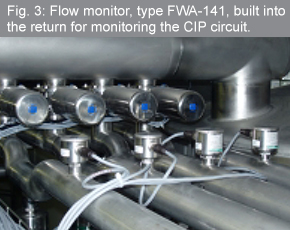

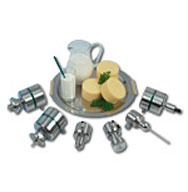
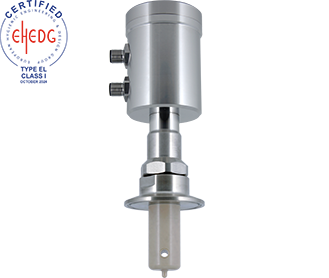
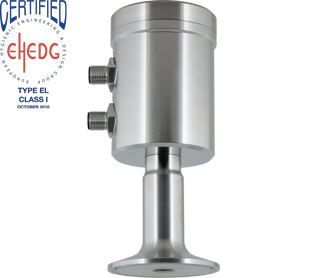
Copyright © 2022 Anderson-Negele